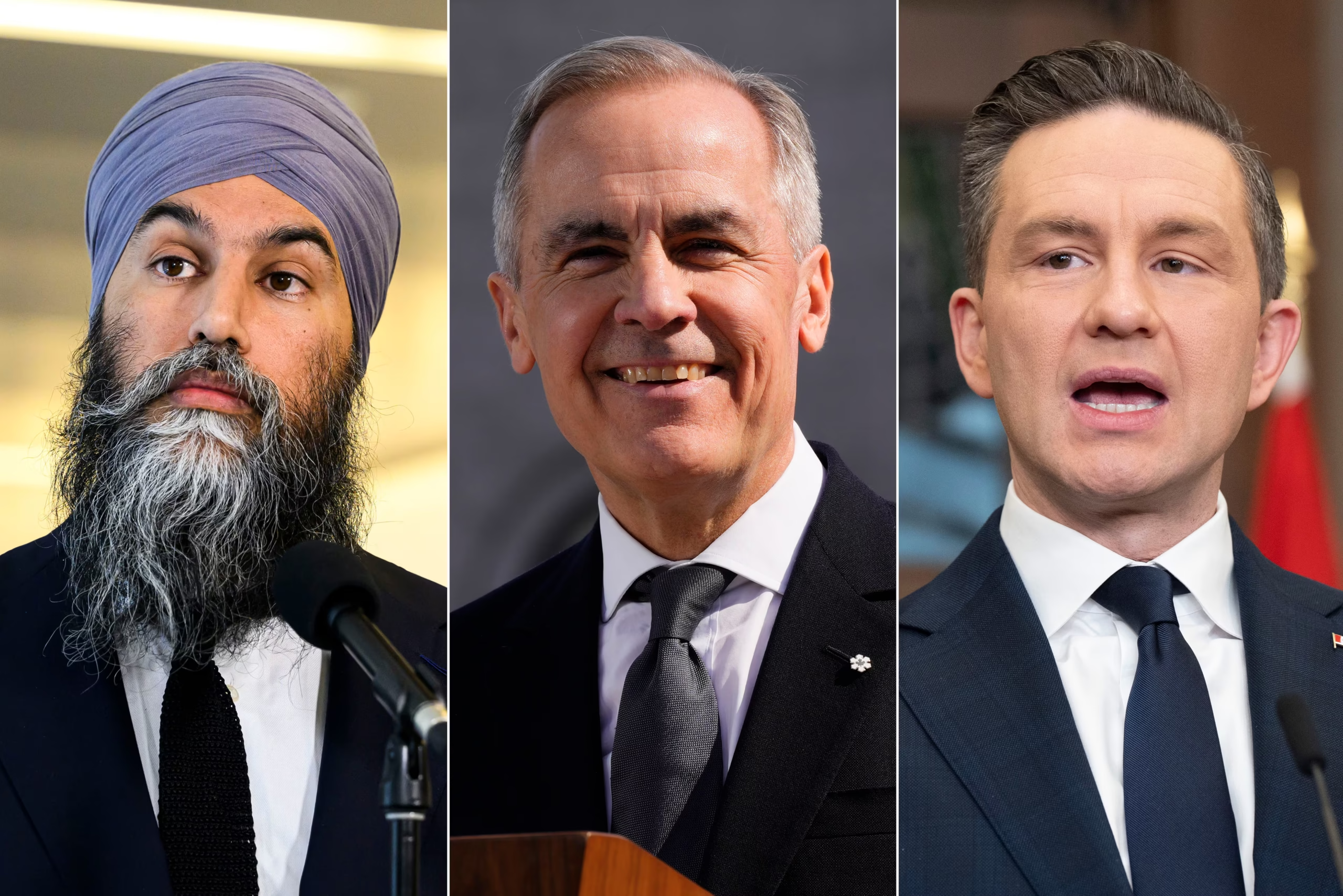Liberal Leader Mark Carney and Conservative Leader Pierre Poilievre have both pledged to create “energy corridors” in Canada, aiming to fast-track the development of natural resources and critical infrastructure. These proposals have raised significant attention and sparked debate about their feasibility, especially considering the complex regulatory, environmental, and Indigenous issues involved.
Both Carney and Poilievre envision regulatory reforms that could reduce the approval timelines for major resource projects, helping Canada meet its energy needs and lessen dependence on the U.S. market, especially in the wake of U.S. tariffs. Carney’s plan proposes cutting the approval process for major projects from five years to just two, while Poilievre has promised a maximum of one year for project reviews, with some approvals happening in as little as six months.
However, despite the ambition behind these proposals, industry experts are raising concerns about the practical implementation of such drastic changes. Monica Gattinger, chair of the University of Ottawa’s Positive Energy program, expressed her doubts, stating that while improving regulatory processes for major projects is a positive step, the specifics of how these plans will unfold remain unclear. “Both approaches raised some pretty big questions for me about how that would actually work in practice,” Gattinger said.
One of the key elements of both leaders’ proposals is the creation of energy corridors. Carney has promised to establish trade and energy corridors aimed at facilitating the transportation of energy, critical minerals, and digital connectivity infrastructure, which would be considered in the national interest. Poilievre’s proposal, on the other hand, focuses on the creation of a ‘Canada First’ National Energy Corridor. This corridor would prioritize the construction of transmission lines, pipelines, railways, and other infrastructure, all within a pre-approved transport corridor entirely inside Canadian borders.
While these energy corridors are intended to streamline project approvals and facilitate energy development, both leaders will need to navigate challenges around regulatory requirements, environmental concerns, and most importantly, securing buy-in from Indigenous groups, whose lands and rights are often directly impacted by such projects.
Indigenous leaders have historically raised concerns over the lack of consultation and the potential environmental impacts of large-scale infrastructure projects. Securing the support of Indigenous communities will be essential for the successful implementation of these energy corridors.
Additionally, both leaders’ promises to expedite approval processes may face pushback from environmental groups, who argue that hasty approvals could lead to insufficient environmental reviews, potentially damaging ecosystems and local communities.
While the desire to fast-track resource development is understandable given the current energy crisis, balancing economic growth with environmental responsibility and Indigenous rights will be a delicate task.
In conclusion, the proposed energy corridors by Carney and Poilievre highlight a significant shift in Canada’s approach to energy infrastructure, but their success will depend on careful navigation of regulatory, environmental, and social challenges. It remains to be seen how these proposals will be implemented in practice and whether they can gain the necessary support from all stakeholders involved.



0 Comments